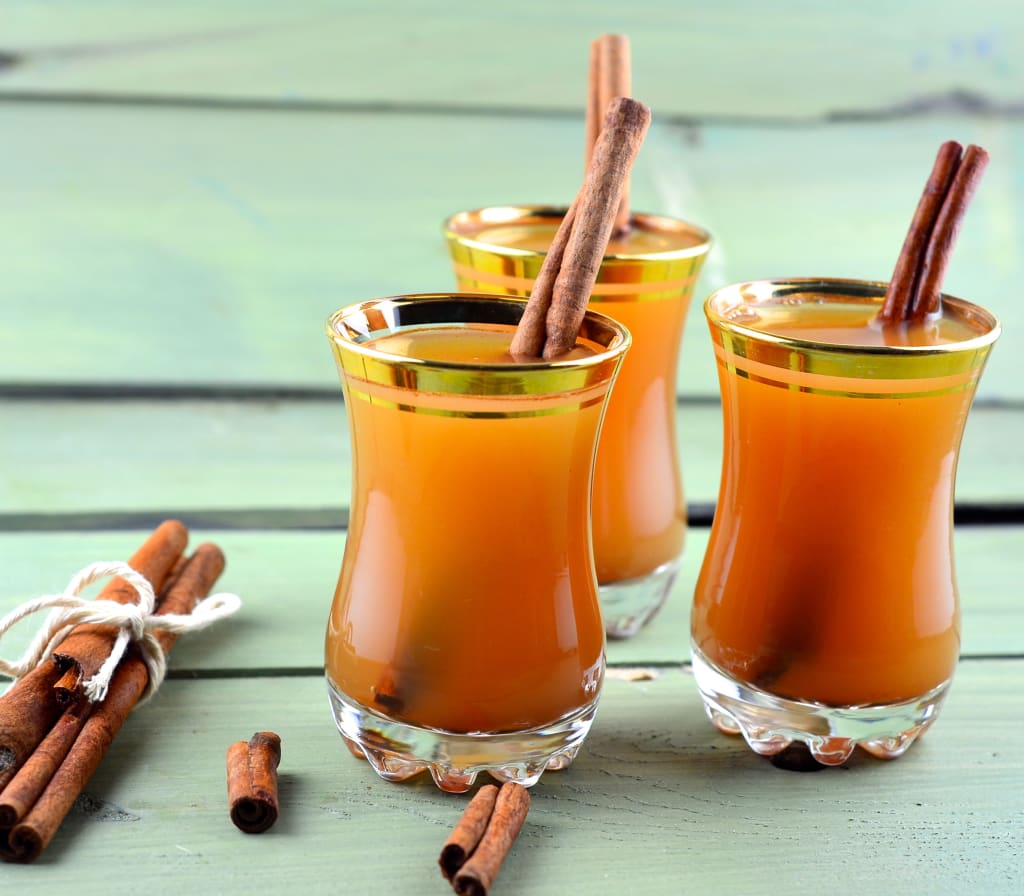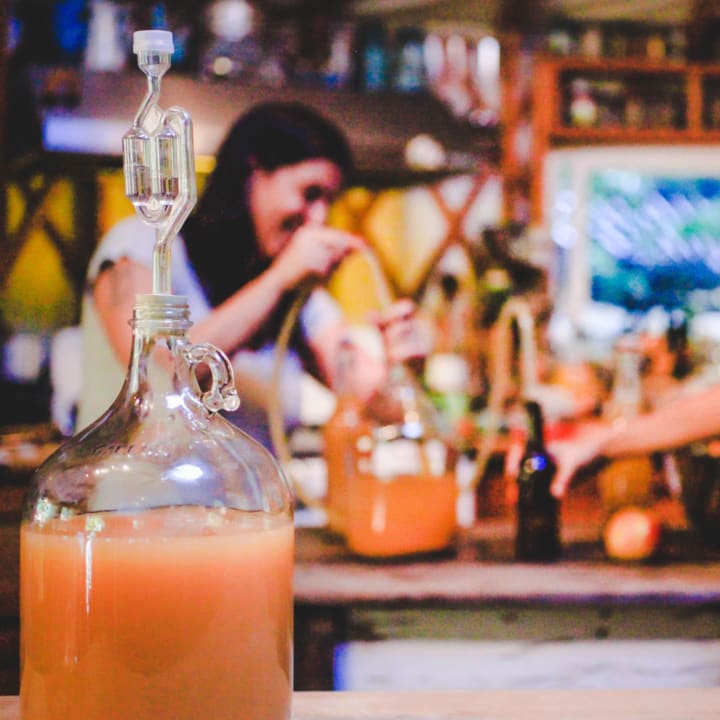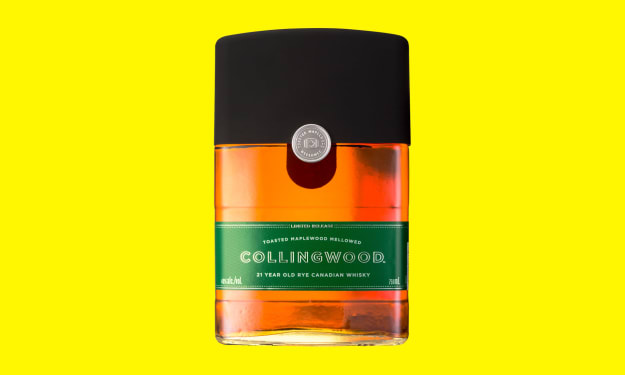
Drinking hard apple cider is the best type of drink to enjoy any time of the year. Whether it's in the middle of the crisp and cool of fall or even during the hot summer. But I personally would prefer drinking cider during fall when the apple trees are filled with delicious apples and the weather starts cooling down. But like I said before, drinking hard apple cider can happen yearly.
However, have you ever tried creating your own hard apple cider from scratch? As delectable and flavorful hard apple cider is, it's actually not a difficult process. Of course, you'll need the right ingredients and tools to nail it. And it'll probably taste even better than the store-bought kind. This is just one of the many recipes of homebrew for beginners.
To get started on how to make hard apple cider, these are the steps you must follow to get it right. (Also, check out some of the best cider beers if you're feeling lazy!)
Buy a gallon of apple juice.
First things first, buy a gallon of apple juice. Just one gallon is fine since we’re making one gallon of hard cider. But you shouldn’t just buy any ordinary apple juice, it’s best if you get your hands on cider from a orchard, a farmer’s market, or possibly a cider stand.
Make sure the juice is pasteurized, cold pasteurized through UV light, or is labeled as unpasteurized. However, if you consider using pasteurized cider, then add potassium sorbate or sodium chlorite into the apple juice.
Destroy any wild yeast in the juice.
On how to make hard apple cider, make sure you destroy any form of wild yeast. In order to do this, an easy way would be to crush one Campden tablet and dissolving it into a tablespoon of hot water. However, for the cider that’s pasteurized, there isn’t wild yeast in this, so there isn’t a reason to use the tablet.
Once dissolved, add it into the gallon of cider. Then, cover the top of the cider with either a clean paper towel or cheesecloth, seal it with a rubber band, and wait for 48 hours.
This process will kill any wild yeast in your cider, but not sterilize it. Also, make sure you shake the gallon a couple of times a day to distribute the SO2 from the Campden tablet to travel throughout the cider.
Put your cider in a glass gallon jug.
Make sure you aren’t making hard apple cider in a plastic gallon. If so, switch to a clean and sterile glass gallon jug for primary fermentation. Use a sterile funnel, because it can get messy.
But if you've already bought cider in a glass gallon, then there is no need to switch!
Add pectic enzyme.

In order for your hard apple cider to be crystal clear and how to make hard apple cider, add a tough of pectic enzyme. Pectic enzyme makes sure that your cider has an easy time fermenting. Before adding the enzyme, make sure the spoon is sterilized and dried with a paper towel.
However, adding pectic enzyme is an option; you don’t have to do this. It will only affect the cider’s appearance, not the taste. So, if you happen to skip this step, your cider will look cloudy and a bit murky, but it’ll still taste the same.
You can add flavoring options for better taste.
If you want a boost of flavor in your hard apple cider, here’s a list of a few options you can consider from how to make hard apple cider. These options can also increase the alcohol content, as well.
You can add apple juice concentrate and it will increase the alcohol content, but it will actually make your cider a little less watery. Adding frozen concentrate can give it a bit of apple flavoring, too.
But if you’re using fresh cider, there is no need to add frozen apple concentrate because it should already be thick. If you choose not to add the concentrate, consider 1/4 cup of brown sugar, instead. (Added sugar tastes great!)
If you want to add spices and cinnamon flavors, make sure you add them after fermentation and when the yeast finishes eating and altering. Adding them before can make your cider taste horrible.
Another option can be to add 1/4 teaspoon of malic acid (the type that’s in apples) or even tannic acid (acid from grapes) for a more complexity taste with that traditional cider flavor.
Finally, you can decide to add 1/4 teaspoon of yeast nutrients (that’s filled with B-vitamins) can benefit the yeast through fermentation. You can buy this at a brew store near you.
Put in the yeast.
One of the most important steps on how to make hard apple cider—adding in the yeast. For those using a packet of yeast, make sure you’re using 1/5 of the packet for a one gallon of cider. Simply sprinkle the year on top of the cider and let it settle.
Make sure you check on it to see that no yeast grains are stuck on the sides around the top of the jug. If so, swirl the cider to remove them from the top. But don’t stir it. This will cause your cider to have a hard time fermenting properly.
Add a clean stopper to the jug.
Now it’s time to add the clean stopper to your jug. Buy a #6 size stopper for your one gallon cider jug. But make sure you’re buying a stopper with a hole in it, because a stopper without a hole is simply a cork and we don’t want that.
The purpose of the hole in the stopper is for the gases to escape while the yeast begins the fermentation. This also prevents the air from building up in your cider.
You can also buy an airlock to fit in the hole of the stopper, and once you fit it on top, use a drinking glass to put a tiny amount of Star San water to sterilize the airlock.
Then, fill about half way on the S-style airlock. But make sure you don’t put too much, because it will spill once the cider begins to bubble. As an alternative, use vodka instead.
Pay attention to the bubbles.
Now that everything is settled, wait about 24-36 hours to notice the bubbling. While six hours in, you’ll possibly notice some bubbles happening, if you added sugar or the frozen concentrate and your room is at 72F in temperature. But if there isn’t any bubbles at all at 48 hours, then check to see if the yeast you used is new and the juice has no preservatives added.
From how to make hard apple cider, make sure the room is cold and allow it to take its time.
Wait about five days for the bubbles to settle.
Your cider should be bubbling now. While the yeast is feeding, they begin to multiply, too. And about two to three days in, there should be tons of bubbles. This is supposed to go on for about five days and the bubbling should slow down by then, because there isn’t anything for the yeast to eat.
But in the first four days, you can gently swirl the cider for the gases to release. And make sure you’re gentle with it! Also, three days before racking it up, leave the cider alone and allow the sediment to settle all the way to the bottom. Also, move your jug on a shelf where you’ll be racking it so you don’t the move the cider and stir the sediment when it’s time for racking.
Bottle it and rack it up!

Lastly on this guide about how to make hard apple cider, it's time to bottle it up and rack it. There are three different ways to rack your
If you’re looking for an almost exhausted carbonation in your cider, you can jump to racking and bottling the cider when the bubbles have fairly subsided. Do not add sugar during the time for bottling, but add flavor and sugar-alcohols instead.
Or for back carbonation, wait until the bubbles have barely stopped and there are only tiny bubbles around the surface of the jug. It takes about three to three and a half weeks with ale yeast at 60F. And if you want to control the sweet and dryness of the cider, consider this method.
As for no carbonation at all, wait until all of the bubbles have stopped to rack it. You can learn more about how to make hard cider of all carbonation levels online.
Once you've bottled them up, you've got yourself homemade hard apple cider to share with family, friends, or enjoy it by yourself!
About the Creator
Greg Bond
Will always catch him wearing a tux on the daily. Goes by Bond, hates his name Greg. You’ll find him in high-end New York City bars making conversation with strangers.






Comments
There are no comments for this story
Be the first to respond and start the conversation.